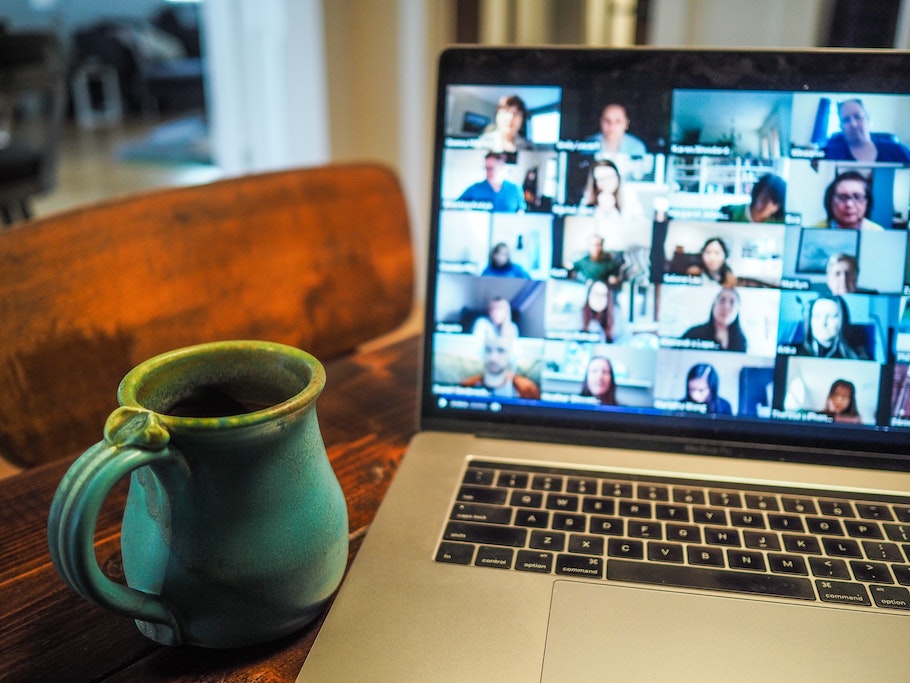
When you hear about accessibility, what comes to mind? In community colleges, do we think of accessibility as a core individual value, a fundamental aspect of how we enact our roles as educators? We take pride in being the people’s college, democracy’s college. We can more closely approach this ideal if we embrace accessibility as a core component of what we do individually.
Be honest, though. When you hear about accessibility, odds are that you think of legal requirements: format your syllabus with styles, add alt text to images, caption your videos.
Of course, this view of accessibility focuses on designing our classes so that all students can learn, including those with disabilities. If you take the @ONE course, Creating Accessible Course Content, you’ll learn that accessibility “refers to the ability of everyone, regardless of disability or special needs, to access, use, and benefit from everything in their environment.”
Sure, accessibility is important because it’s the law and because of the numbers: in US higher education, the percentage of students who report having a disability is 11%. In the California Community Colleges, just under 5% of the student population registers with disability services.
However, accessibility is more than a set of legal requirements and statistics. Accessible means something that is easily reachable, approachable, or understandable, something that affords access.
Community colleges pride themselves on being open access institutions, with no admissions requirements. Mission statements refer to serving “all who can benefit,” or “our entire community,” or “learners everywhere.” By design, we provide access to the top 100%.
We also find access used by research institutions, for example to describe Open Access publishing. Open Access describes the free, immediate, online availability of research articles, combined with the rights to use these articles fully in the digital environment. Many leading institutions choose Open Access to share research with the public, for example, the University of California and Harvard University.
Online educators talk about learning anytime, anywhere. If you walk the halls of the Online Teaching Conference, or browse the forums of an introduction to online teaching class, you’ll hear people proclaim that online classes might be the only way for some people to access higher education. It’s a joy to discover that you’re teaching someone who would never have been in your physical classroom – a single parent who works the night shift, or an active duty service member. In this way, we expand access to our teaching beyond the walls of our campuses, by design.
Nevertheless, I’ve seen exclusion, if not by design, then by omission. I’ve been a part of more than one conference planning session that goes like this: “We should have sessions about accessibility,” one person offers. “Of course we should, but nobody ever comes to those sessions.” In different venues, I’ve heard it said that a college doesn’t intend to discriminate against those with disabilities—but why doesn’t anyone tell the college how to achieve this mysterious state of accessibility? Also, I know social justice crusaders who connect virtually with fellow crusaders, but who choose a communication tool that excludes those with visual or hearing impairments.
Turning back to our own choices as educators, how do we intentionally make accessibility a default choice? The next time you attend a discussion of student equity or guided pathways, recall that Title 5 tells us one of the groups that must be a focus of our student equity efforts is the disabled. Have we invited everyone to the table? When we discuss equity, diversity, and inclusion, do we choose to see, let alone include, the 5% of our students who identify as disabled?
When we talk about accessibility, we’re talking about more than regulations and statistics. We’re talking about our choices to exclude or include, to deny or provide access, to divide or unify. We can come closer to our shared ideal of open access education by design.
Resources


